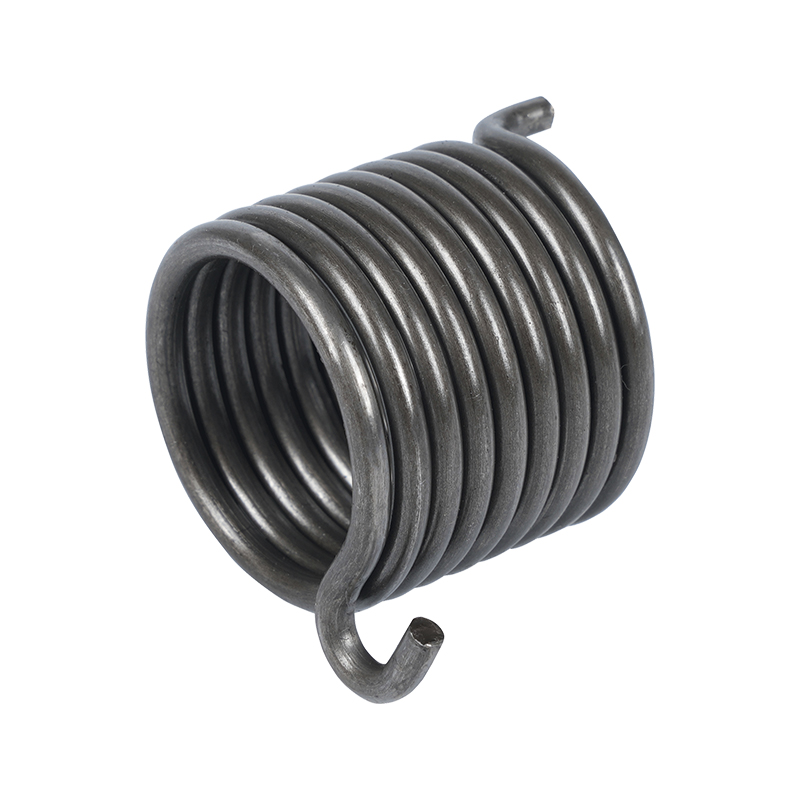Principles of Sheet Metal Stamping Design: Enhancing Efficiency and Reducing Waste
Custom Sheet Metal Stamping Parts Design Supplier
Sheet metal stamping design is a critical aspect of manufacturing that involves transforming flat metal sheets into various shapes and components through a series of processes. Understanding the principles of sheet metal stamping design is essential for achieving high-quality results while minimizing material waste and enhancing production efficiency. Several key guidelines govern this design process, including considerations for bend radii, the avoidance of sharp corners, and strategies for reducing scrap material.
One of the fundamental principles in sheet metal stamping design is the determination of the bend radius. The bend radius refers to the curvature of the metal at the point of a bend. It is crucial to adhere to specific guidelines regarding the bend radius to ensure the integrity of the material. A common rule is that the bend radius should be at least equal to the thickness of the sheet metal. This practice helps prevent cracking and deformation during the bending process. By following this guideline, manufacturers can produce parts that maintain their structural integrity and perform reliably in their intended applications.
In addition to bend radius considerations, avoiding sharp corners and edges is another essential principle in sheet metal stamping design. Sharp corners can cause stress concentrations that may cause failure during use. Therefore, designers should aim to incorporate larger radii at corners and transitions. This approach not only enhances the durability of the stamped parts but also facilitates smoother material flow during the stamping process. By designing components with rounded corners, manufacturers can reduce the likelihood of defects and improve the overall quality of the finished products.
Another critical aspect of sheet metal stamping design is the strategic placement of holes and slots. Proper positioning of these features is vital to maintaining the strength and functionality of the stamped parts. Holes should be placed at a distance from the edges of the material to prevent weakening the structure. A general guideline is to maintain a spacing of at least twice the material thickness from any edge or other hole. This practice ensures that the stamped parts can withstand the stresses they will encounter in their applications.
Reducing material waste is a significant concern in sheet metal stamping design. Efficient nesting of parts on the metal sheet can significantly minimize scrap material. By carefully arranging the layout of parts, designers can maximize the use of the available material and reduce the amount of waste generated during the stamping process. This practice not only contributes to cost savings but also aligns with sustainability goals by minimizing the environmental impact of manufacturing operations.
Moreover, the choice of materials plays a crucial role in sheet metal stamping design. Selecting the right type of metal can influence the ease of forming, the quality of the finished product, and the overall efficiency of the stamping process. For instance, materials that are easier to form may require less energy and time during production, causing improved efficiency. Additionally, understanding the properties of different metals can help designers make informed decisions that enhance the performance of the stamped parts.
Incorporating advanced technologies into the sheet metal stamping design process can further enhance efficiency and reduce waste. Computer-aided design (CAD) software allows designers to create precise models and simulations of the stamping process. This technology enables manufacturers to identify potential issues before production begins, reducing the likelihood of errors and rework. By leveraging these tools, companies can streamline their operations and improve the overall quality of their products.
Collaboration between design and production teams is also essential for successful sheet metal stamping design. Open communication ensures that designers understand the capabilities and limitations of the stamping equipment, allowing them to create designs that are feasible for production. This collaboration can contribute to innovative solutions that enhance efficiency and reduce waste throughout the manufacturing process.
In conclusion, adhering to the principles of sheet metal stamping design is vital for achieving high-quality results while minimizing material waste and enhancing production efficiency. Key considerations such as bend radius, avoidance of sharp corners, strategic placement of holes, and efficient nesting of parts all contribute to the overall success of the stamping process. By embracing advanced technologies and fostering collaboration between design and production teams, manufacturers can enhance their operations and produce components that meet the demands of their industries. As the manufacturing landscape continues to evolve, the importance of effective sheet metal stamping design will remain a cornerstone of successful production practices.


 English
English русский
русский Español
Español











